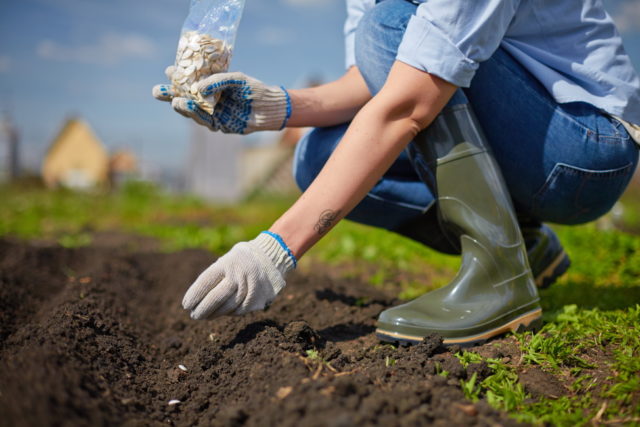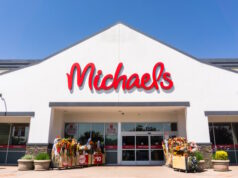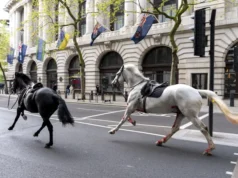
Modified seeds have become the norm in many parts of the world to boost yields and lower the financial cost of growing vegetables. Although modified seeds may be best for large scale agriculture, a home gardener can reap better benefits from seed saving, which will yield a better product at a much lower cost.
We have provided a few advantages and some advice for those looking to start saving their own seeds for the future.
What is Seed Saving?
The practice of saving seeds for the next growing season has been undertaken for thousands of years. Farmers and growers didn’t have garden centers where they could buy seeds to sow, so they kept their seeds from one season to start the next. The practice of seed saving started and was one of the main reasons for the Neolithic revolution, forming the basis of modern-day farming, changing hunter-gathers into villages that could sustain themselves.
Rather than scouring the countryside for what is growing naturally, humans were now able to manage and grow specific crops, and this helped them to flourish and eventually spread throughout the world.
The Advantages of Seed Saving
We can buy seeds from agriculture and garden supply stores, but these are not necessarily the best strain of crop for where you live. By keeping seeds from one season to the next, the seeds have time to adapt to your climate and will produce a better vegetable or fruit along with being less susceptible to disease.
The advantages of seed saving are not only a better product, but it will also save you money as you won’t need to buy new seeds every year to start your season. By keeping seeds and using them year after year, we are also helping to keep vulnerable strains growing as many are being binned by seed providers for modified types to save money. Seeds saving is better for us financially and gives a better product, while helping the eco-system through diversity, along with giving you seeds that are more tolerant to your climate and location.
How You Can Start
It is a good idea to start by planting only one variety of each fruit or vegetable as this will reduce the likelihood of cross-pollination. Try to understand how each plant is pollinated, and you will soon be able to choose which plants are suitable for starting a seed saving garden. Check to see what your neighbors are growing and where possible, try to keep your plants far away from theirs to reduce cross-pollination problems.
At the end of a season you should start harvesting the seeds from the best quality plants you have, never use plants that produced poor yields or struggled to grow, you only want to use the best seeds in our seed saving program.
Different plants seeds need to be processed in different ways so check how to harvest seeds of each variety of plant you want to use. Once you have your seeds harvested, store them correctly, ready to be planted the following season.
The Best Vegetables to Use
All seeds can be saved for next year’s growth, but some are easier for beginners than others. Many seeds will need to be cleaned thoroughly before storing and make sure the seeds are dry, or you may find they start to germinate while in storage.
Tomatoes are a popular choice for beginner seed savers as they produce many seeds and many homes would use tomatoes in their diet, so they make an excellent choice to start. The seeds are covered in a gel-like substance that needs to be cleaned off before storing.
Peppers are the easiest seed to harvest as they grow in the middle of the pepper and only need to be brushed into a container and dried; there is no washing required.
Squash seeds are collected like peppers, but they will need a thorough rinse before drying them for storage.
Melon seeds are like tomatoes and need a good clean to remove any slime or debris, and they need to be air-dried well before storing for the winter.
Peas and bean seeds can be left on the plant until they are brown and dry. Although, if rain is likely you can hang them indoors to help. Once dried, remove the pea or bean and dry further before storing.
Cucumber seeds are ready to harvest once the cucumber is soft and has changed color. Scrape out the seeds, wash them and treat them the same as you would the melon seeds.
Radishes and lettuce seeds are tightly attached, so placing them in a bag and shaking them once dry will make it easier to remove the seeds. This can be done every few days or until you have the desired amount of seed.
Start Seed Saving
There are legal restrictions in place in Europe and the USA relating to copyright infringements on seeds, but these do not affect the aspiring home grower. Start saving your seeds and encourage neighbors to do the same, and you can start sharing and collaborating with the best seeds to grow in your area that will yield the most delicious produce.












